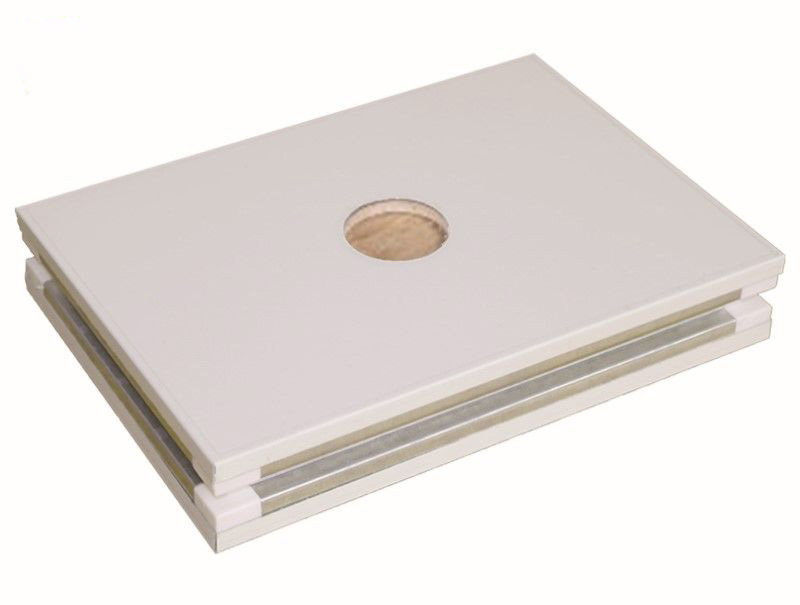What are the types of cleanroom walls?
What are the Types of Cleanroom Walls?
Cleanrooms, critical environments where contaminants are meticulously controlled, rely on specialized construction materials to maintain their sterile conditions. The types of walls used in cleanrooms play a pivotal role in ensuring a controlled environment that adheres to stringent standards. Exploring the varieties of cleanroom walls, their origins, and the impact on controlled environments provides valuable insights into the world of contamination control.
Understanding Cleanroom Wall Types
Cleanroom walls are classified into different types based on the materials and construction methods used. The three primary types are:
1. Rigid Wall Systems:
Rigid wall systems are constructed using durable and non-porous materials such as fiberglass reinforced plastic (FRP), epoxy-coated steel, or stainless steel. These materials offer smooth surfaces that are easy to clean and maintain, making them suitable for cleanrooms with high cleanliness requirements.
2. Softwall Systems:
Softwall cleanrooms utilize flexible materials like vinyl or PVC to create partitions. These walls are typically used in environments with lower cleanliness requirements or in situations where adaptability and ease of installation are crucial.
3. Hardwall Systems:
Hardwall cleanrooms combine the features of rigid and softwall systems. They feature rigid panels for the main structure and softwall curtains for specific areas, offering a balance between structural integrity and flexibility.
Origins and Evolution
The evolution of cleanroom wall types is closely tied to advancements in material science and the increasing demand for controlled environments. Traditional cleanrooms often relied on rigid wall systems, primarily using materials like stainless steel. However, as industries with varying cleanliness requirements emerged, the need for more adaptable and cost-effective solutions led to the development of softwall and hardwall systems.
The introduction of materials like FRP and epoxy-coated steel expanded the possibilities for cleanroom construction. These materials not only provided the necessary structural integrity but also offered resistance to corrosion and microbial growth, contributing to improved cleanliness levels.
Significance in Contamination Control
The choice of cleanroom wall type directly impacts the level of contamination control achievable within the controlled environment. Rigid wall systems, with their smooth surfaces and non-porous properties, are ideal for environments with stringent cleanliness requirements, such as semiconductor manufacturing or pharmaceutical production.
Softwall systems, on the other hand, offer a more cost-effective and easily adaptable solution for applications where a lower level of cleanliness is acceptable. Their flexibility makes them suitable for research laboratories or manufacturing processes that do not demand the same level of sterility.
Hardwall systems bridge the gap between rigid and softwall solutions, allowing for customization based on specific cleanroom requirements. This versatility is particularly valuable in industries where processes may evolve, and adaptability is key.
Impact on Industries and Research
The impact of cleanroom wall types extends across a myriad of industries, including pharmaceuticals, biotechnology, electronics, and aerospace. In pharmaceutical manufacturing, for instance, the use of rigid wall systems ensures compliance with strict regulatory standards, contributing to the production of safe and uncontaminated medicines. In research laboratories, softwall systems facilitate experimentation in a controlled environment without the need for extensive construction.
Conclusion: Building the Foundation for Clean Environments
In conclusion, the question "What are the types of cleanroom walls?" delves into the foundational elements of controlled environments. The evolution of cleanroom wall types from rigid to soft and hardwall systems reflects the dynamic nature of industries that require contamination control. The significance of these walls lies in their ability to shape environments that adhere to specific cleanliness standards, impacting industries and research fields where precision and sterility are paramount. As technology advances, cleanroom wall systems continue to play a crucial role in shaping the future of contamination-sensitive processes and innovations.


